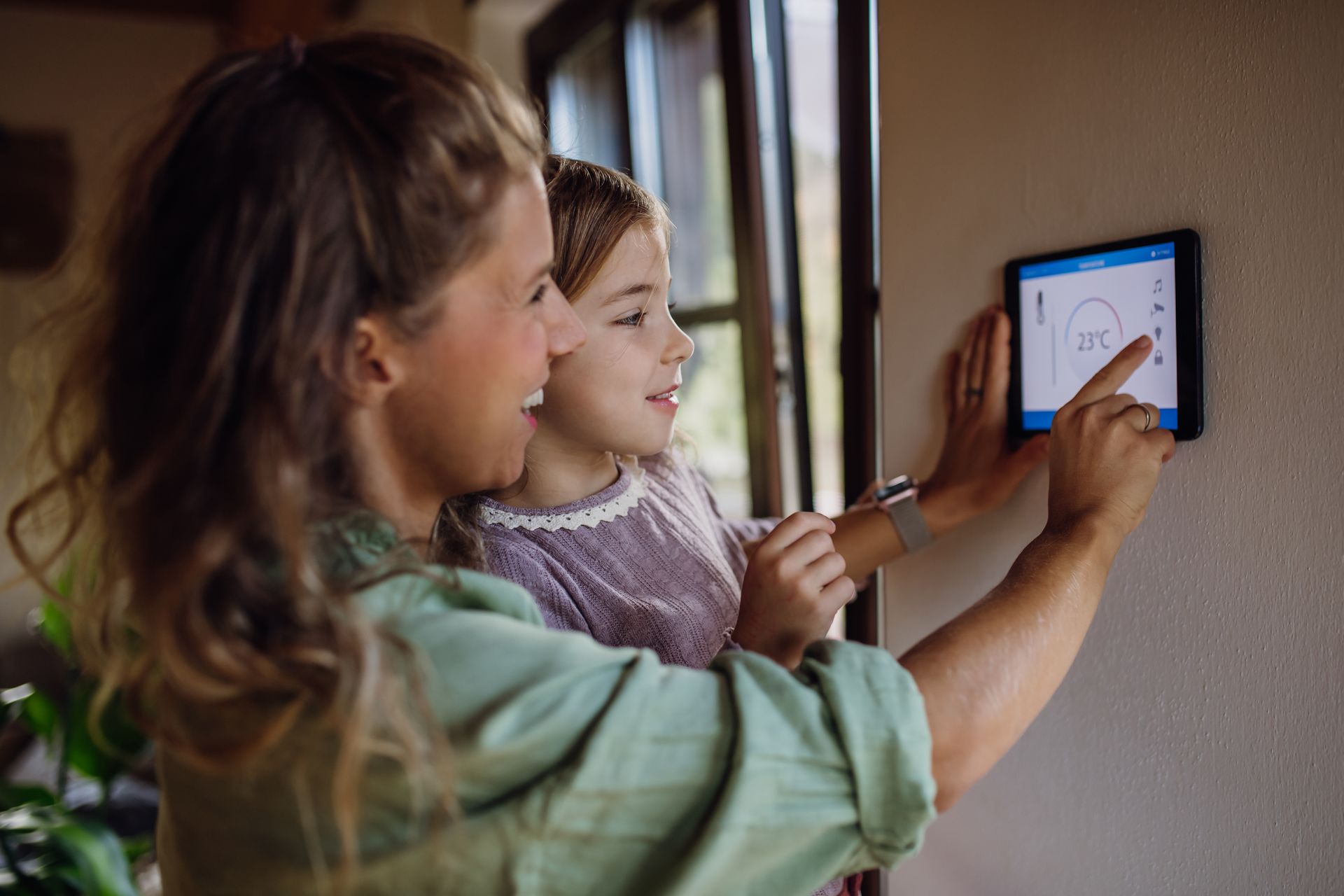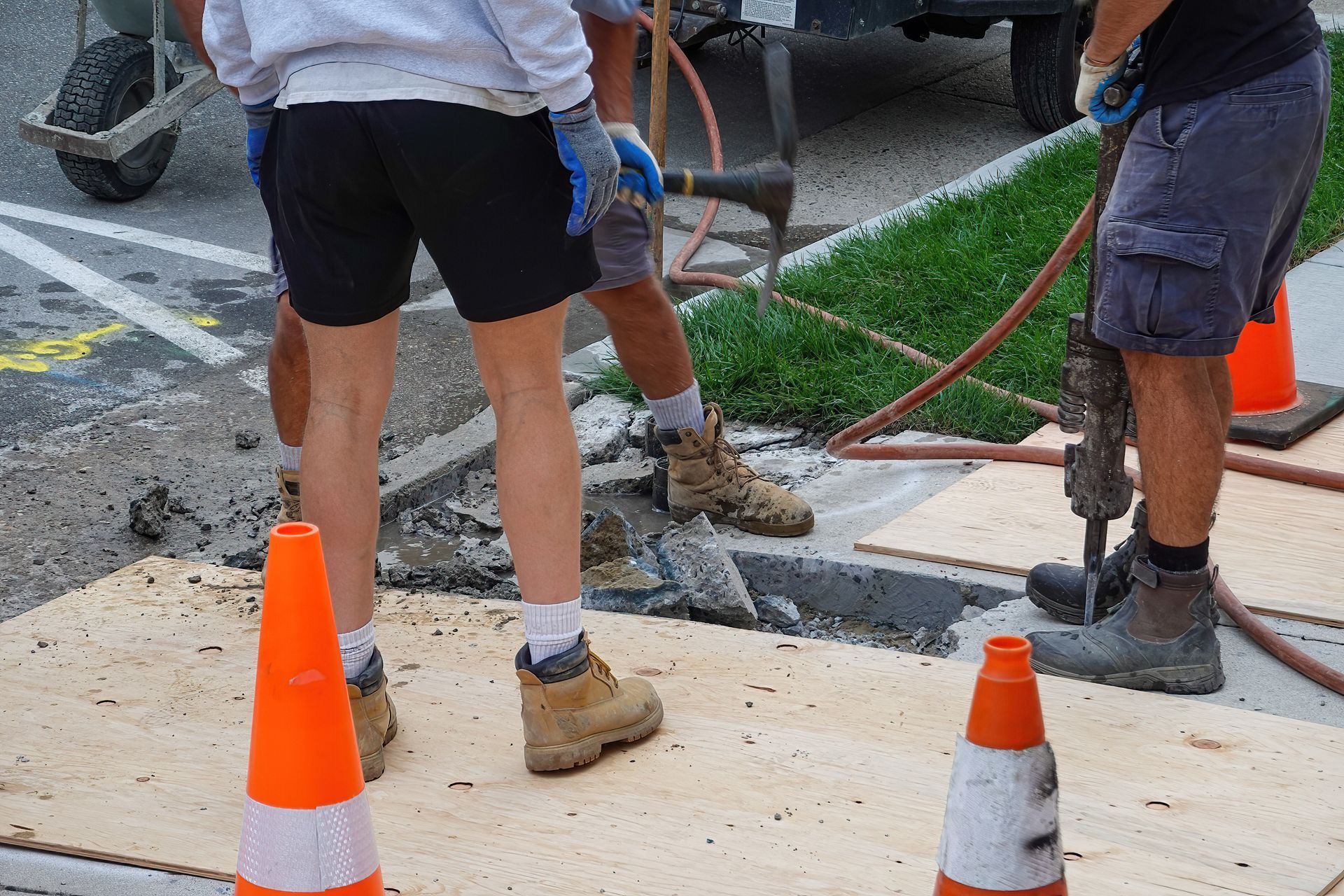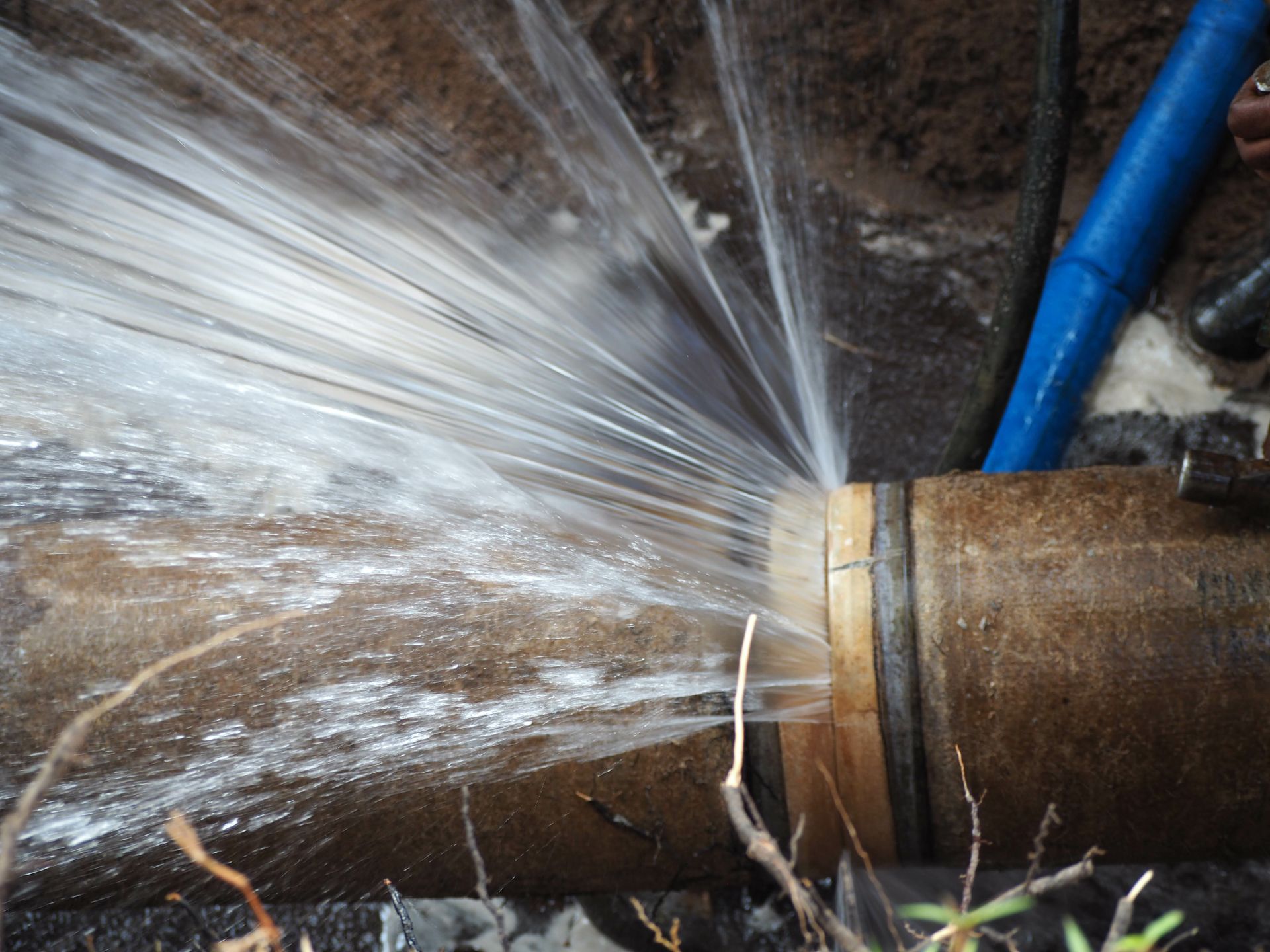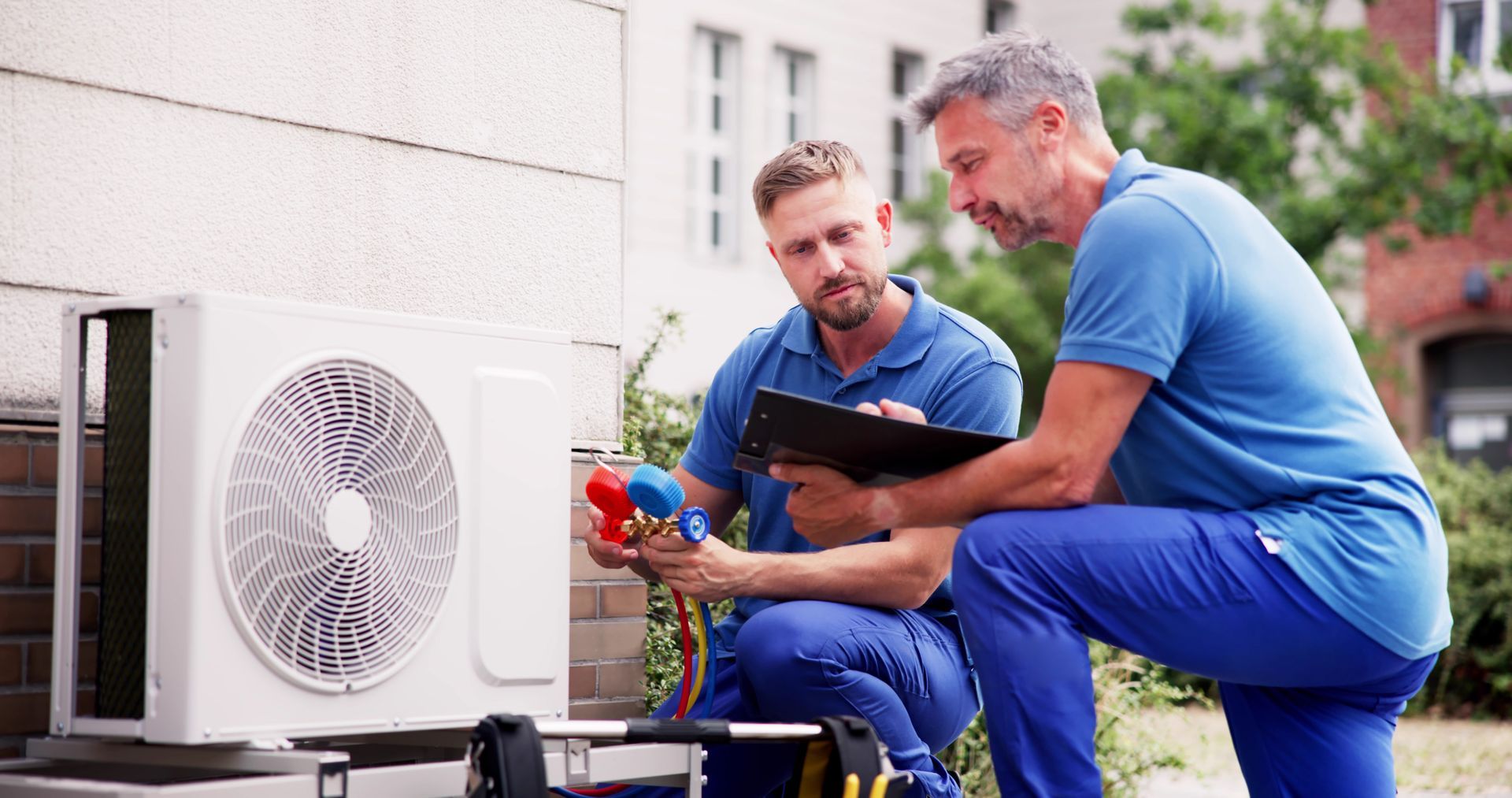How to Update Your Smart Thermostat Settings for Different Seasons in Fort Worth

Smart thermostats make it easy to keep your home comfortable without constant adjustments, but they can’t always anticipate seasonal changes. In Fort Worth, where the weather can jump from 90°F to 55°F in a single week, a thermostat that learned your summer habits may keep running the air conditioner when you don’t want cooling or even turn the heat on too soon.
A few small updates each season allow households with smart thermostats to keep their systems efficient and comfortable without losing that hands-off convenience.
How Smart Thermostats Learn and Adapt
Smart thermostats like Nest, Ecobee and Honeywell Home don’t just follow preset schedules; they learn from your behavior. Each time you adjust the temperature manually, the thermostat records it and looks for patterns, like what time you wake up, when you leave and how warm or cool you like the house at night. Over time, those patterns form a personalized schedule.
Comfort problems arise when seasons change but your schedule doesn’t. If you’ve spent months nudging the temperature down to stay cool, your thermostat will keep assuming you want that same cooling pattern, even after you’ve switched to jeans and long sleeves.
That’s when it might start running the AC on a mild October afternoon or automatically activate the heater after a cool morning before you really need it. Giving your system new input early in the season helps it relearn your comfort range more quickly.
Why Fort Worth’s Weather Confuses Automation
Few climates are as unpredictable as North Texas. The long cooling season trains your thermostat to prioritize air conditioning, but fall introduces huge day-to-night temperature swings. It’s not unusual to have an 82°F afternoon followed by a 48°F morning.
Without guidance, a learning thermostat can overreact, toggling between heating and cooling multiple times a day.
This rapid switching wastes energy and adds wear on your HVAC system. It can also lead to uneven comfort, where some parts of your house feel warm and others still feel cool. The fix is manually adjusting settings so the thermostat has a clearer range to work with as the weather stabilizes.
Small Tweaks for a Smoother Transition
- Switch from “Cool” to “Auto” mode so the thermostat can handle either heating or cooling as needed.
- Raise your cooling setpoint a few degrees to reduce unnecessary AC use during mild afternoons.
- Revisit away-mode settings because you likely don’t need as much cooling during work hours now.
- Use the “Circulate” fan mode to keep air balanced throughout the house without overusing the compressor.
- Disable pre-cooling or “Early Start” features if they’re activating when outdoor temps are already comfortable.
Manual Fine-Tuning vs. Editing the Schedule
Whether to adjust the schedule or fine-tune manually depends on the thermostat type.
- Learning thermostats update automatically based on user input. Making small manual changes for a few days teaches them new seasonal habits naturally without needing to fully reprogram the schedule.
- Programmable smart thermostats follow fixed schedules. Editing time blocks and setpoints directly is faster since these models don’t adapt on their own. The only downside is you may need to update these schedules multiple times between late summer and early winter.
For most Fort Worth homeowners with modern learning models, fine-tuning manually for a week or two is enough for the system to catch up with the weather and settle into a balanced pattern.
Comfort Preferences Are Personal
Every home is different. Some people like crisp mornings and cooler rooms, while others prefer steady warmth. The key is giving your thermostat accurate feedback now, so it can deliver that consistency automatically later. Once it relearns your seasonal habits, it’ll keep your comfort steady with minimal manual input until spring arrives.
Smarter Comfort for Fort Worth Families Starts With a Few Adjustments
Tom’s Mechanical helps homeowners across the DFW area get the most out of their smart thermostats and HVAC systems. If your system isn’t adjusting as smoothly as it should, or if you want professional help calibrating your thermostat, call 817-277-4493 to schedule service.



